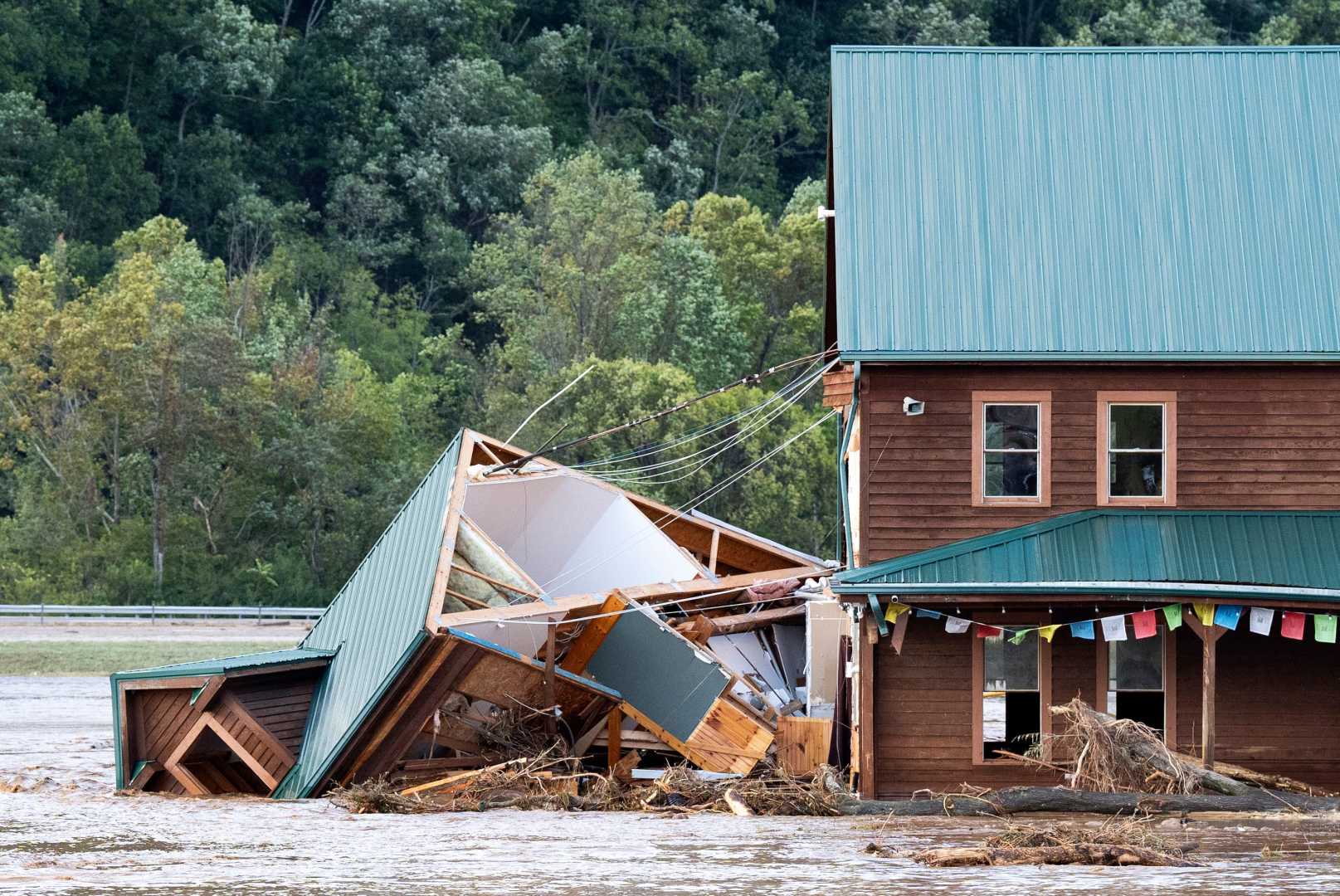News
Duke Energy Responds to Devastating Effects of Storm Helene in the Carolinas

Duke Energy lineworkers, tree trimmers, and other storm support personnel have begun assessing damage and restoring power in the wake of Helene‘s historic destruction in the Carolinas. Widespread wind damage, flooding, adverse road conditions, and power outages have hit the western parts of North Carolina and South Carolina hardest.
As of the latest updates, efforts to restore power have been slowed by the persistent effects of flooding and road closures, particularly in these regions where outages are most widespread.
“Helene’s winds were powerful and destructive, and its rains were historic,” remarked Jason Hollifield, storm director for Duke Energy in the Carolinas. “We started monitoring Helene when it was first identified and prepared well in advance for its impact. Even so, the damage is extensive, and it could take days to restore power to all customers.”
Hollifield noted that over 11,000 storm workers are striving to restore service quickly and safely. “We’re also bringing in thousands of additional resources to help with power restorations in the hardest hit areas,” he added.
To report power outages, Duke Energy advises customers to use their online platform or app, text OUT to 57801, or call 800.POWERON (800.769.3766).
Duke Energy’s power restoration process involves assessing the extent of storm damage to determine what types of workers, equipment, and supplies are necessary to address specific outages. The focus is on restoring power safely and efficiently, starting with public health and safety facilities.
In anticipation of the storm, Duke Energy pre-positioned equipment and nearly 11,000 workers—including line technicians, damage assessors, and vegetation workers—at strategic points throughout the Carolinas. This workforce includes Duke Energy employees, contractors, and assistance from other electric companies across 19 U.S. states and Canada.
The company also advised residents on safety, emphasizing the importance of staying informed via local media and adhering to advisories from emergency management officials.
In addition to power restoration efforts, Duke Energy is managing rising lake levels in areas like the Catawba-Wateree River Basin, where heavy rainfall continues to contribute to flooding risks. The company operates the lakes’ water levels by moving water through generating units and, when necessary, spillway and flood gates to mitigate flood risks.
Residents along the Catawba-Wateree River Basin are urged to use caution, remain informed, and pay close attention to any changes in streamflow conditions. They are advised to follow local emergency management directives and monitor emergency notifications on mobile devices. Duke Energy representatives are in communication with local authorities to provide updates on water levels and potential risks, such as evacuations or road closures.
Duke Energy, one of America’s largest energy companies, serves millions of customers across several states and continues to prioritize clean energy transitions while maintaining reliability and affordability.












